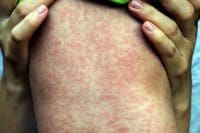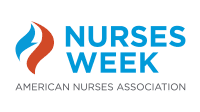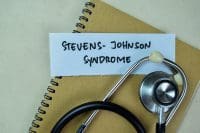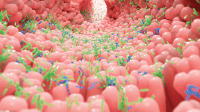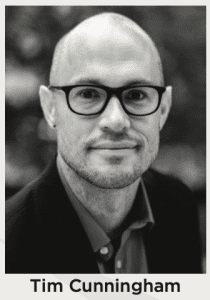 My 94-year old grandfather told me a story of a mentor from his church. She was a nurse during the 1918 influenza pandemic that infected nearly 500 million people, killing 50 million globally. She had just finished nursing school and recounted how in rural Virginia, authorities opened up a massive field hospital that quickly filled with patients on cots. She said as soon as she or her fellow-nurses became ill, they would find an available cot, lie down, and become a patient. If they survived, they got back up and went back to work.
My 94-year old grandfather told me a story of a mentor from his church. She was a nurse during the 1918 influenza pandemic that infected nearly 500 million people, killing 50 million globally. She had just finished nursing school and recounted how in rural Virginia, authorities opened up a massive field hospital that quickly filled with patients on cots. She said as soon as she or her fellow-nurses became ill, they would find an available cot, lie down, and become a patient. If they survived, they got back up and went back to work.
This story exemplifies the best and the worst of nursing. At best, we see heroism, strength, and courage. This is our history. Think about how we stepped up during the HIV/AIDS crisis in the United States or the West Africa and Democratic Republic of Congo Ebola epidemics. Consider the wars and humanitarian disasters—we show up and we provide care to the sickest people.
The worst is how the trauma we witness as nurses can break us down. During this pandemic we are witnessing excess mortality and patients dying alone. When we can, we serve our patients as family too, by holding up smartphones for loved ones to say their last goodbyes. We also are anxious and worried about bringing COVID-19 home to our families and loved ones. Not to mention being incredibly stressed knowing adequate personal protective equipment hasn’t been available to us. The suffering nurses face now is not only COVID-19; it’s also the deep-seated pains of racial injustice in this country. It’s an “acute-on-chronic” reminder that cuts deep after the murder of future-nurse Breonna Taylor—showing how this country was founded on racist ideals and the degradation of innocent people based on where they were born.
How do we navigate this stress and suffering? No magic cure exists, but there are many ways to reduce some of suffering’s detrimental effects. We can even recognize aspects of that suffering and how they invoke a sense of growth. This idea comes from a concept called post-traumatic growth (PTG). Stemming from psychology and work by Tedeschi and Calhoun, PTG encourages us to reflect on, authentically acknowledge, and meaningfully elevate five domains of growth occurring during and after trauma:
• spiritual growth
• deeper relationships
• appreciation for life
• conceive and experience new possibilities
• increase in individual strength.
According to a comparison study by Manny-Jones and colleagues, self-care—or the authentic ways in which we refresh ourselves and our teams, are inspired, and connect with others—suggests that with regular practice we can more clearly recognize the PTG happening around us.
With PTG, we can destigmatize our suffering. Janiece Sanderson, a nurse at Emory University Hospital Midtown, exemplifies how self-care can support PTG. She told me that in her limited time away from work, she “steps away and remembers why we’re doing all of this… [as nurses] what we love.” In the face of the suffering, teamwork, deeper relationships, and personal strength abound.
My grandfather was recently discharged from the hospital after suffering sepsis. His team of nurses—who had their hands full with COVID-19 patients—collaborated, saved his life, and brought him home to us. As nurses, our suffering is profound, but so is our strength, growth, and appreciation of life.
— Tim Cunningham is vice president, practice & innovation at Emory Healthcare and adjunct assistant professor at Nell Hodgson Woodruff School of Nursing, Emory University, Atlanta.
References
Centers for Disease Control and Prevention. 1918 pandemic (H1N1 virus). March 20, 2019. bit.ly/3hPenE6
Collier L. Growth after trauma. Monitor on Psychology. 2016;47(10):48-52. apa.org/monitor/2016/11/growth-trauma
Eze JE, Ifeagwazi CM, Chukwuorji JC. Core beliefs challenge and posttraumatic growth: Mediating role of rumination among internally displaced survivors of terror attacks. J Happiness Studies. 2020;21:659-76.
Manning-Jones S, de Terte I, Stephens C. (2016). Secondary traumatic stress, vicarious posttraumatic growth, and coping among health professionals; A comparison study. NZ J Psychol. 2016;45(1):20-9.
The Well-Being Initiative
In support of his work, the American Nurses Foundation has provided funding to Cunningham and Emory Health System to pilot the implementation of workshops that will focus on post-traumatic growth to equip participants with new skills. The work is part of the Well-Being Initiative, a component of theFoundation’s Coronavirus ResponseFund for Nurses.
Visit the Well-Being Initiative for free tools and resources designed to support your mental health and well-being.




